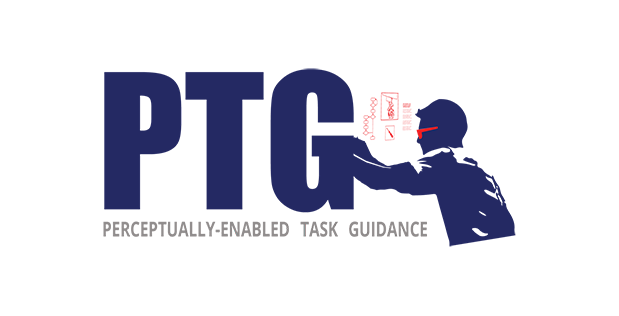Summary
Military personnel are expected to perform an increasing number of tasks and more complex tasks than ever before. Mechanics, for example, are asked to repair more types of increasingly sophisticated machines and platforms, and Medics are asked to perform more procedures over extended periods of time.
The Perceptually-enabled Task Guidance (PTG) program aims to develop artificial intelligence (AI) technologies to help users perform complex physical tasks while making them more versatile by expanding their skillset and more proficient by reducing their errors. PTG seeks to develop methods, techniques, and technology for artificially intelligent assistants that provide just-in-time visual and audio feedback to help with task execution.
The goal is to provide users of PTG assistants with wearable sensors (head-mounted cameras and microphones) that allow the assistant to see what they see and hear and what they hear, and augmented reality (AR) headsets that allow assistants to provide feedback through speech and aligned graphics. The target assistants will learn about tasks relevant to the user by ingesting knowledge from checklists, illustrated manuals, training videos, and other sources of information. They will then combine this task knowledge with a perceptual model of the environment to support mixed-initiative and task-focused user dialogs.
The dialogs will assist a user in completing a task, identifying and correcting an error during a task, and instructing them through a new task, taking into consideration the user’s level of expertise.
For additional information, see the PTG BAA.

